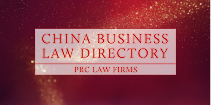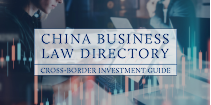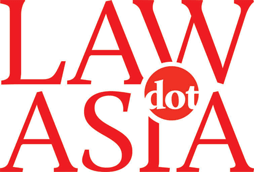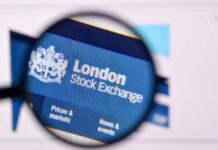Chinese companies have been at the forefront of the SPAC wave in the US, but geopolitics is pointing to a possible pivot to Asia. However, shifting market dynamics may be a spanner in the SPAC works. Freny Patel reports
The SPAC is trending strongly in China. The country stands to get a handsome share of US$1 trillion dollars of M&A activity in the two years following an estimated US$129 billion capital raising by special purpose acquisition companies (SPACs), a Goldman Sachs report from April says.
China has used SPACs as a gateway to the US, taking advantage of the opportunity to list more of its tech companies there, significant in itself given that half of the reported 600 unicorns worldwide are from China.
SPACs, a capital raising alternative to IPOs, have been around for decades, but gained popularity in 2020 due to the increased volatility in the capital market with the breakout of the pandemic. The surge was led by high-net-worth investors, sitting on enormous amounts of cash, who were attracted to invest in these shell companies, which were backed by big names that could attract other investors.
SPACs are shell companies that raise funds through IPOs to finance acquisitions, which through the “de-SPAC” process result in a reverse merger. This form of capital raising offers private businesses a fast track to go public, based on future projections.
To know more about SPAC from other perspectives:
You must be a
subscribersubscribersubscribersubscriber
to read this content, please
subscribesubscribesubscribesubscribe
today.
For group subscribers, please click here to access.
Interested in group subscription? Please contact us.
你需要登录去解锁本文内容。欢迎注册账号。如果想阅读月刊所有文章,欢迎成为我们的订阅会员成为我们的订阅会员。
Not so SPACtacular
SPACs raised close to US$100 billion in public offerings in 2020, which is more than the combined amount raised in the decade prior, according to S&P Global. But has the SPAC bubble frozen since the explosive first quarter of 2021?
March 2021 alone saw SPAC IPOs raise US$34.5 billion. But the amount raised in April fell to US$3.7 billion, the lowest figure in 10 months, according to Refinitiv, a global provider of financial market data.
The deal volumes have collapsed on Wall Street after the Securities and Exchange Commission (SEC) questioned the accounting principles of SPACs.
The SEC even issued a warning to investors to avoid investing in SPACs based solely on celebrities, after a surge of investments in SPACs came from the backing of celebrities like tennis player Serena Williams and rap star Jay-Z.
Amid growing concerns that the SPAC bubble will burst, the SEC is issuing public warnings and closely scrutinising deal filings as it tries to rein in deals. Meanwhile, many SPACs being wildly overvalued bring about a fear that some of the targets are trying to evade regulatory scrutiny.
The once-flourishing SPAC market will have to rethink its strategy. Many SPACs might need to refile financial statements after the SEC’s guidance on accounting for warrants as a liability, and not equity, on financial statements.
The SEC’s corporate finance unit acting director, John Coates, warns of “some significant and yet undiscovered issues” prevailing with SPACs. In a tweet, the SEC quoted Coates: “The rapid increase in the volume of SPACs represents a significant change, and we are taking a hard look at the disclosures and other structural issues surrounding SPACs.”
But it is not just the SEC’s April guidance on the accounting treatment of warrants and the risk of forward-looking statements that has led SPAC mania to lose its momentum.
The plunging stock prices of de-SPACed companies on Wall Street, with several trading below the IPO price of US$10 per share, has further fuelled a massive drop in SPAC interest. Class-action lawsuits alleging false and misleading statements against SPAC transactions have also fuelled the fall.
It may well be the nature of SPACs. Unlike an IPO, SPACs do not have any operating business, hence their IPO process has limited disclosure. The key in fund-raising lies with the experience and expertise of the SPAC management, and not their financial reports. Since SPACs do not necessarily have any targets in mind, there are limited target-related disclosures made when listing.
“Any simple claim about reduced liability exposure for SPAC participants is over-stated at best, and potentially seriously misleading at worst,” says Coates.
SEC investigations are primarily against de-SPAC companies for painting eye-popping forecasts that belie the reality. But then again, SPACs eye targets in futuristic industries, such as space exploration, self-driving cars and electric vehicles.
Several companies in the electric vehicle space face lawsuits. Other futuristic industries are under SEC scrutiny for their misleading financials. Recently, online sports betting operator DraftKings and spaceflight firm Virgin Galactic Holdings said they would “fix accounting mistakes”.
While the flood of SPACs has now slowed to a trickle, most legal capital market experts say that SPACs are here to stay for the long term because the structures do have certain advantages.































